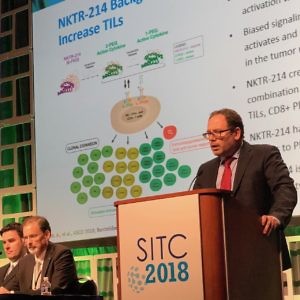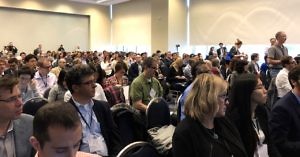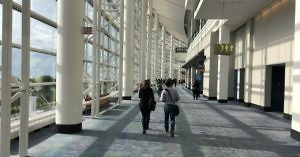The challenges of bispecifics
 We tend to think of the Fall cancer conference season as full of hope for new molecules showcasing encouraging yet early new data. Rarely does negative data or unexpected trial glitches immediately jump to mind, although it unfortunately happens with startling regularity!
We tend to think of the Fall cancer conference season as full of hope for new molecules showcasing encouraging yet early new data. Rarely does negative data or unexpected trial glitches immediately jump to mind, although it unfortunately happens with startling regularity!
We’ve received a few enquiries and questions about an update on the Macrogenics platform recently.
The company have what they call a Dual-Affinity Re-Targeting (DART) program that includes bispecifics, mostly with CD3 as a standard co-stimulatory domain, although some are dual inhibitory checkpoints instead.
After writing about rather modest clinical efficacy with enoblituzumab monotherapy (anti-B7-H3 antibody) at the SITC 2015 meeting, I suspect that few of the attendees were envisioning an unexpected side swipe after this year’s event with one of their bispecific molecules, but so it came to pass.
As always, there’s a lot more to the central issue of ‘raised liver enzymes’ than meets the eye, so by popular reader request we walked through the issues and evidence to take a look at what’s behind this phenomenon…
To learn more from our latest assessment and get a heads up on our oncology insights, subscribers can log-in or you can click to gain access to BSB Premium Content.
This content is restricted to subscribers






